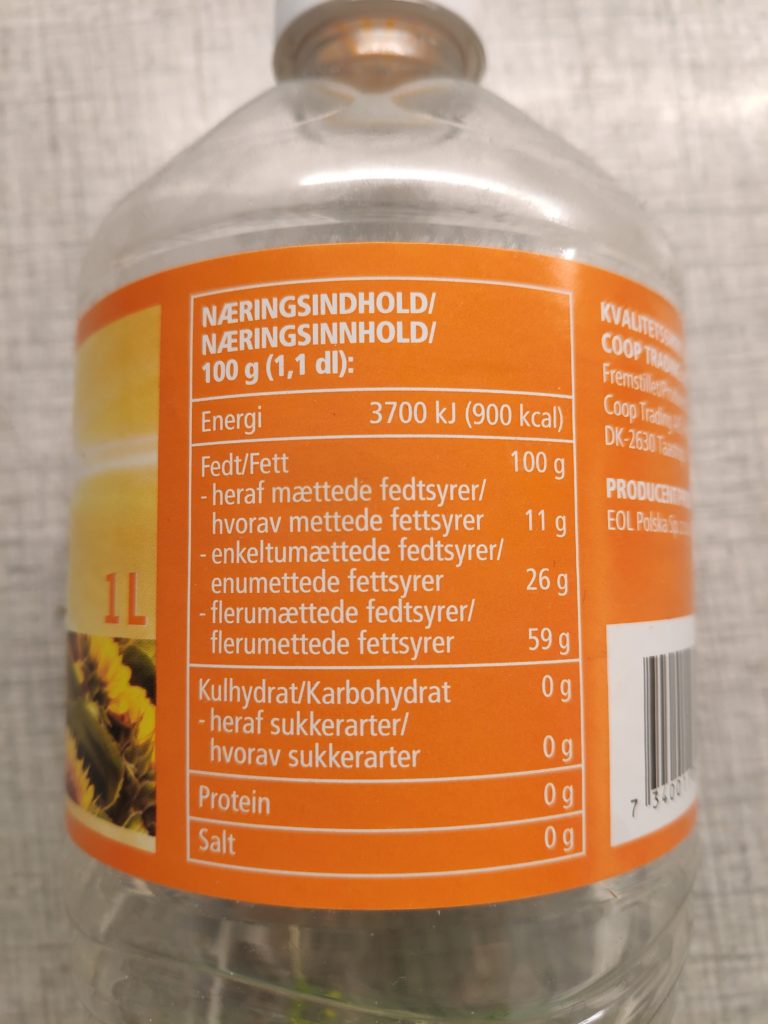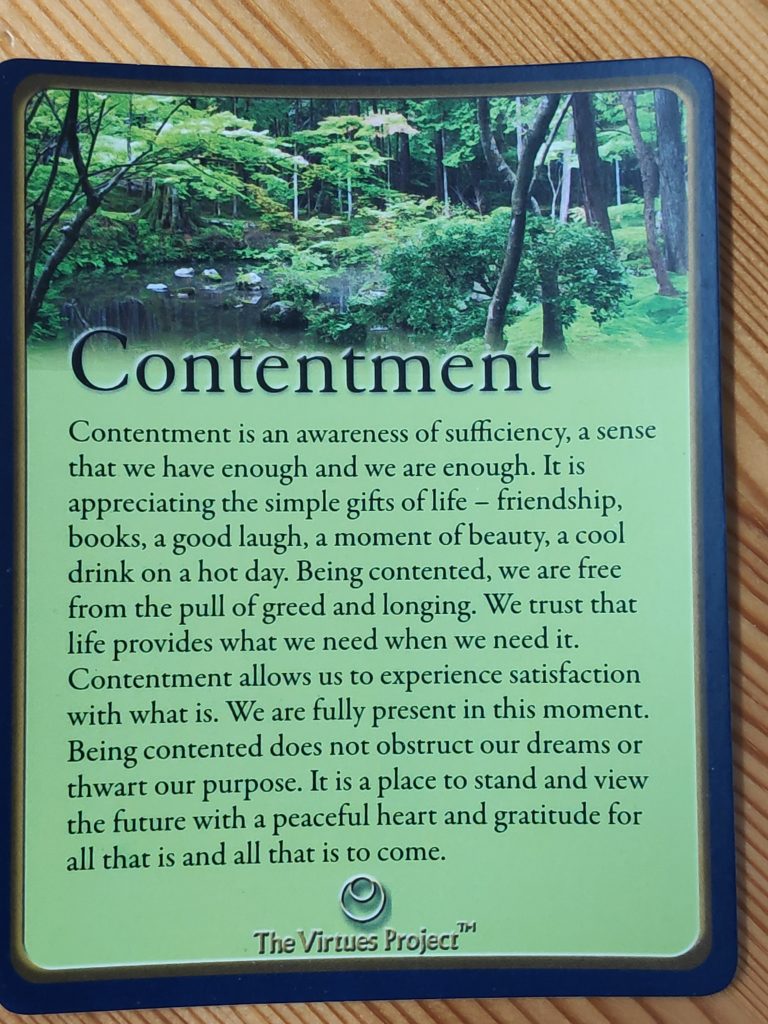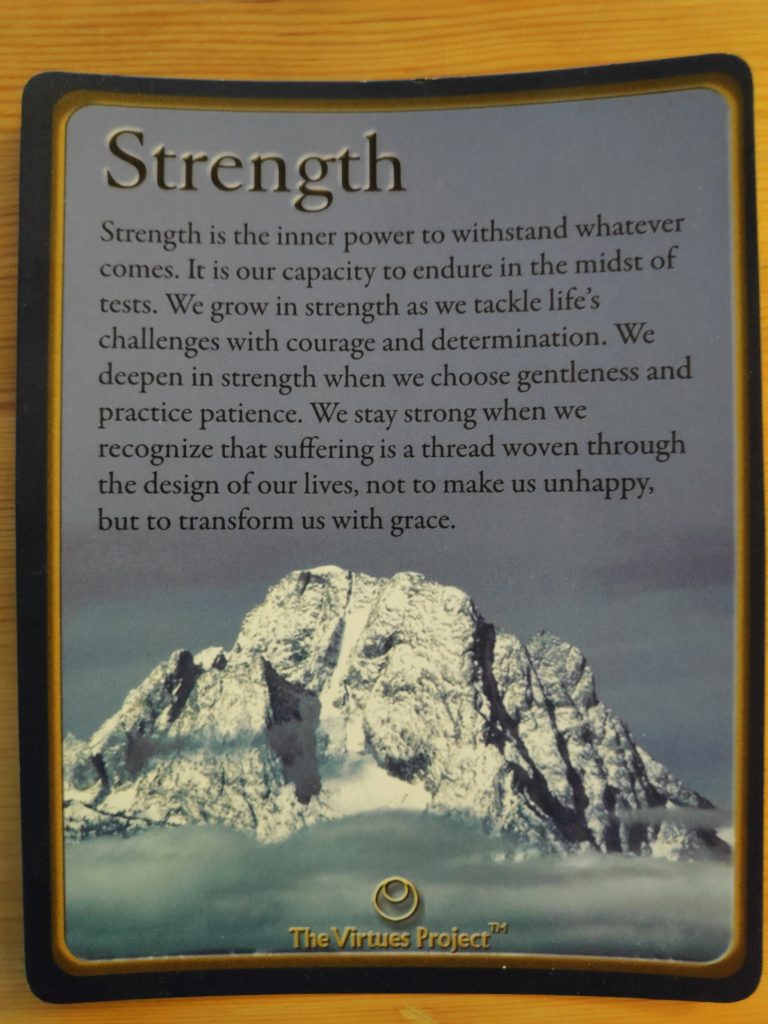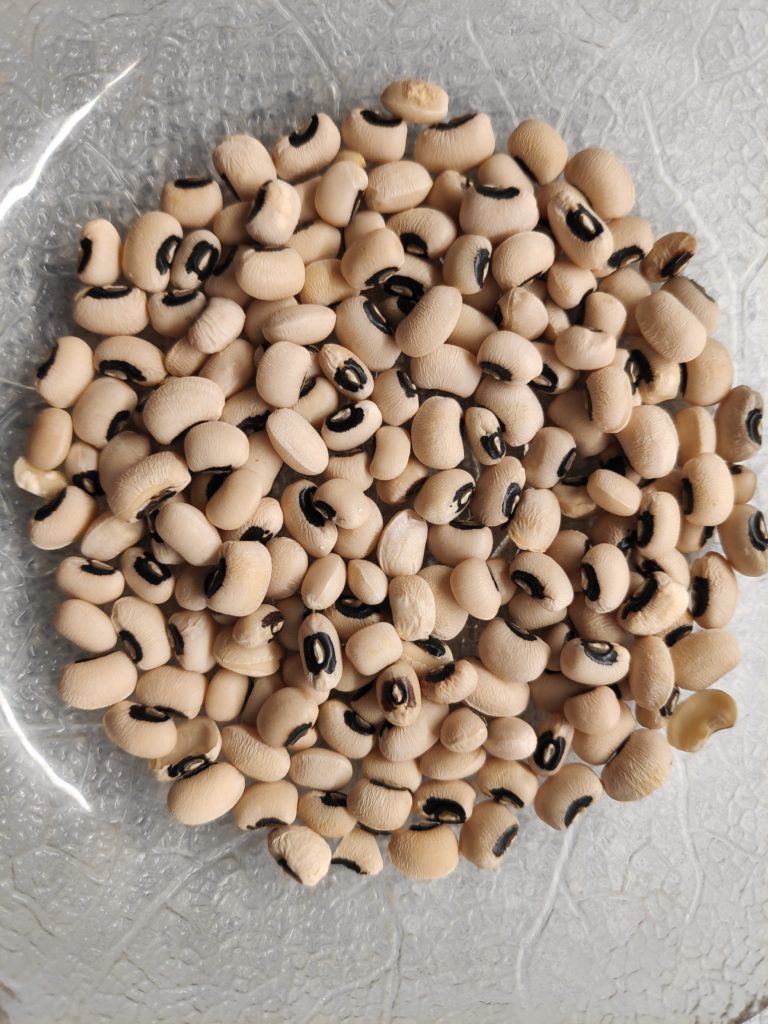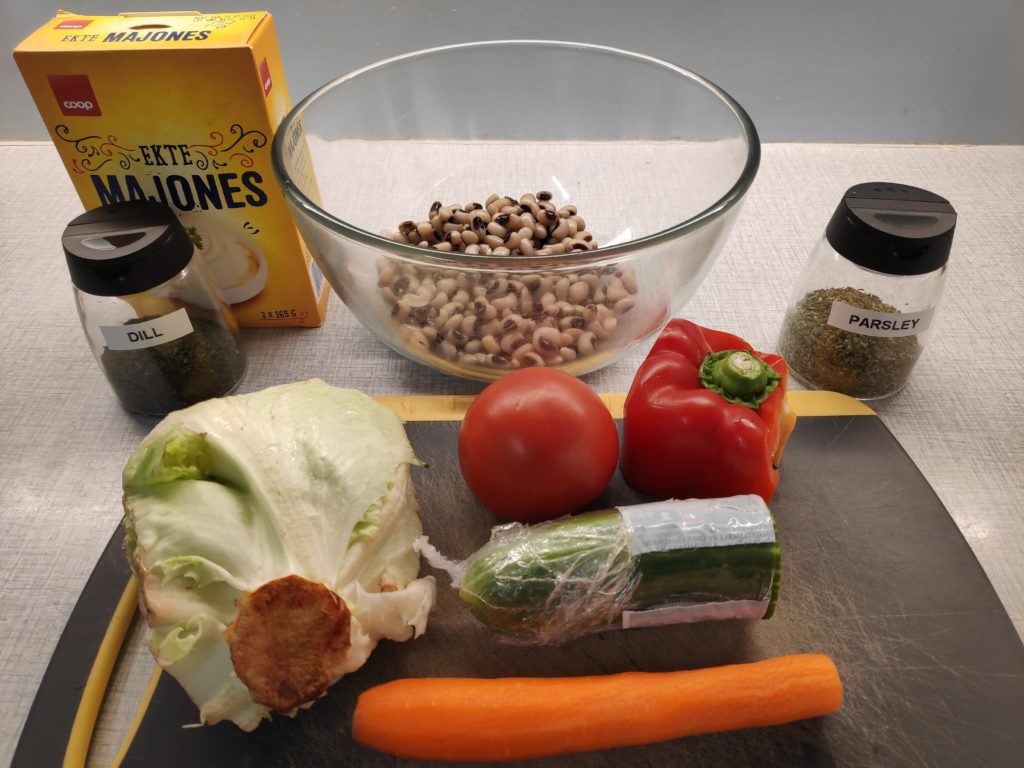Norwegians use a lot of crispbread, many made by the Swedish company, Barilla, with the brand name, Wasa. Because processed foods often contain many ingredients to make the products have a long shelf-life, I prefer to make my own. Of course, the finished crispbread turns out very different, but I think it is a healthier product. As the life of the finished crispbread is short, maximum a couple of weeks, I do not need a lot of additives. Here is the recipe that I used today, though I can vary what goes into it.
- 5 dl rye flour, 4 dl coarse flour and 1 dl fine flour
- 4 dl rolled oats
- 1 dl chopped almonds
- 1 dl linseeds
- 1 dl sesame seeds
- 2 dl sunflower seeds
- 2 dl pumpkin seeds
- 1/2 tsp salt
- 7.5 dl water
Mix all the dry ingredients first in a very large bowl. Add the water and continue to mix. Let the mixture sit for 10 minutes so that the flour and rolled oats soak up the water. This is what holds all the seeds together.
I use baking paper on two cookie sheets and spread the mixture as evenly as possible. Use a bit of time to spread it out smoothly and right to the edges. Before putting it in the oven use a knife to cut through the top surface where you eventually want to break the crispbread into smaller pieces.
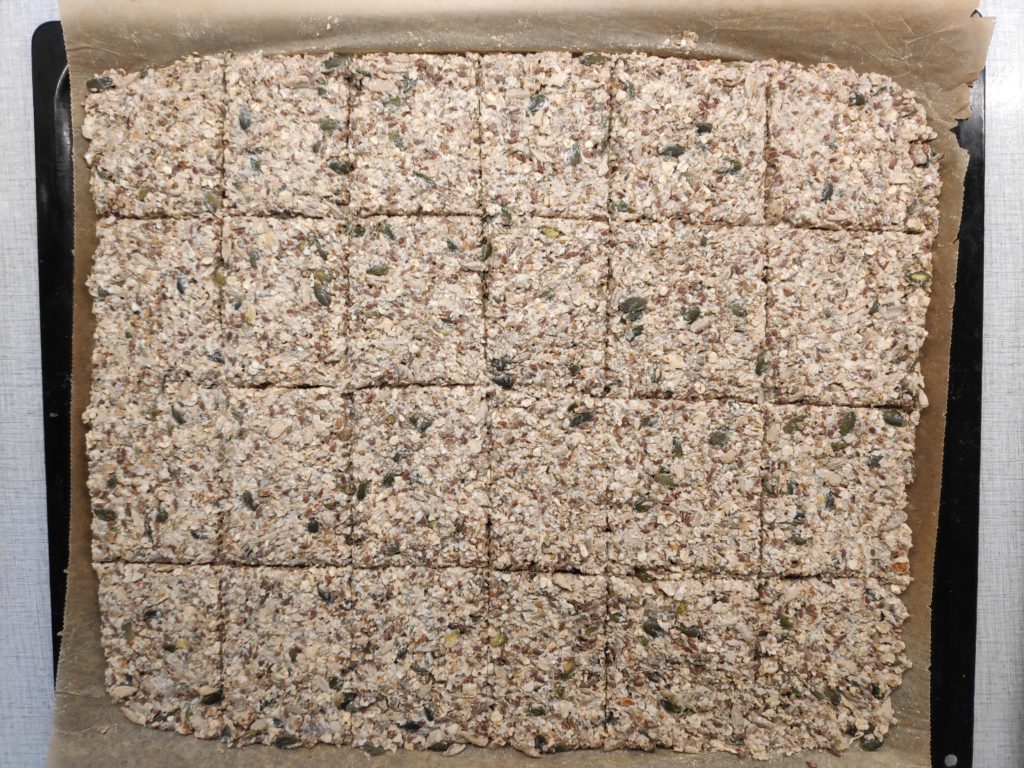
Bake the crispbread, both sheets at the same time, using a hot air oven at 160 degrees C. It will take over an hour, perhaps an hour and a quarter. Every 15 minutes, I change which sheet is on top. Opening the oven door will also let the steam out. This is important as you are trying to dry out the mixture. It’s not like a cake that has to bake. You will know that it is finished as it will start to arch and become very crisp. It should also turn a slightly darker color. Do not bake too long, or you will burn it.
When you take it out of the oven, remove it from the cookie sheet and break along the knife lines. Pile on a rack and let cool completely. The crispbread is best stored in an open container as it is meant to be dried out.

Enjoy your treat. Try it with sliced cheese or humus. Or it can be enjoyed just as it is.

